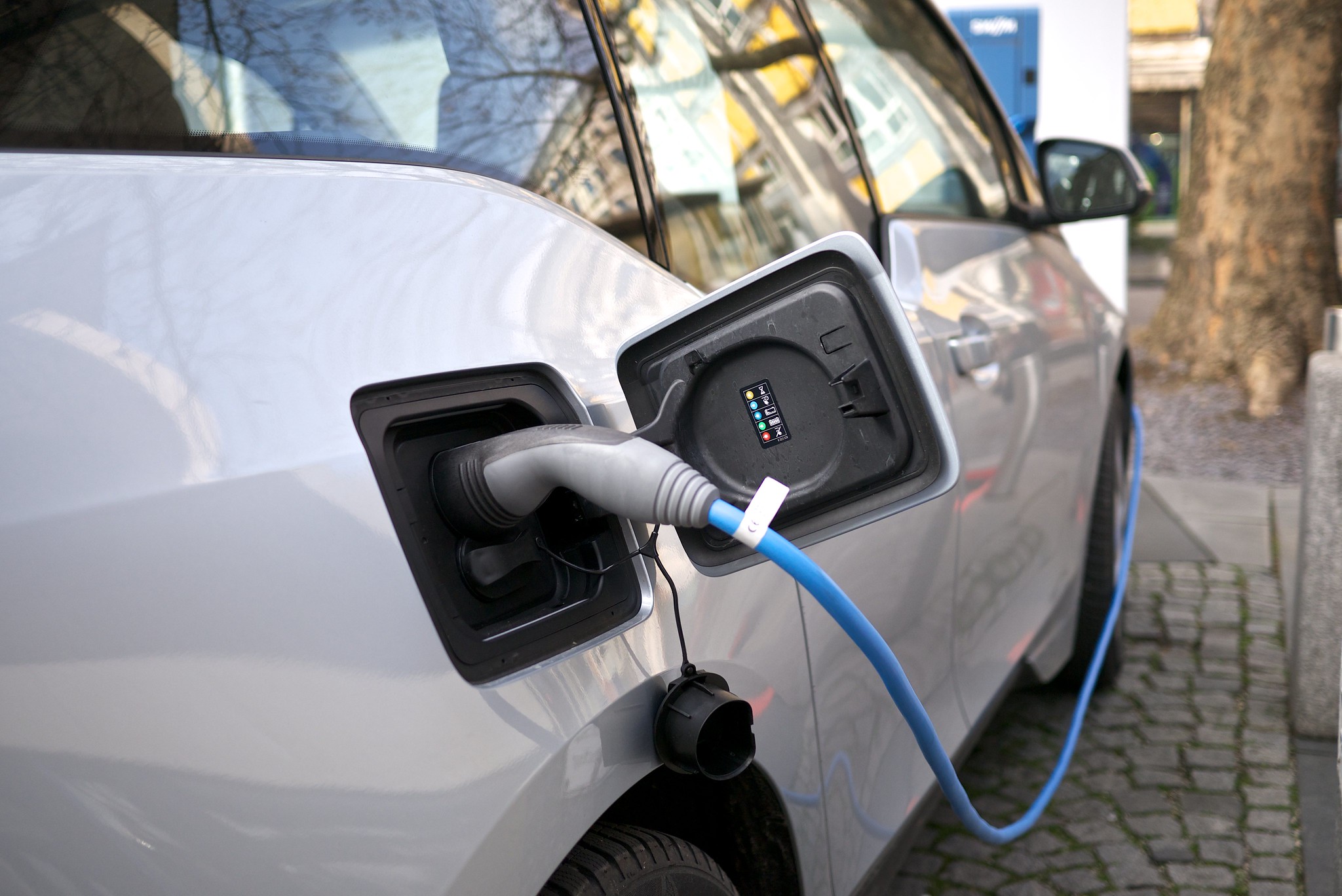Austin’s Fleet Mobility Services Department wants to lead the way in the use of battery electric vehicles, following the Austin Climate Equity Plan to cut communitywide greenhouse gas emissions to net-zero by 2040.
According to a report from the fleet department, the transportation sector accounts for more than one-quarter of total U.S. greenhouse gas emissions each year. Of course, because of the specialized needs of numerous city vehicles and the many technical questions that arise when considering what those vehicles must do, it is difficult to promise electrification of the entire fleet within the plan’s time frame.
With encouragement from City Council members, leaders of the department are also working on cutting emissions from city vehicles to the greatest extent possible by 2030. On Wednesday, members of the Council Audit and Finance Committee heard a report on progress and challenges the city faces in moving toward that goal.
Fleet services Director Jennifer Walls said the city has 5,147 on-road “assets,” which travel more than 45 million miles annually. She said the department has a goal of battery electric vehicles accounting for 40 percent of total vehicle miles traveled, equating to approximately 18 million miles annually.
Assistant Director Rick Harland explained that the city has a diverse and complicated fleet, including trucks, construction equipment, ambulances and cargo vans, as well as police pursuit vehicles and motorcycles. The fleet utilizes a diverse array of fuel sources in order to ensure optimal performance, he said.
The department has identified seven different types of vehicles that could adopt battery electric vehicles, excluding public safety front-line vehicles.
However, Harland revealed that the city has an opportunity to get a head start on a battery electric police pursuit vehicle. Chevrolet is advertising the first-ever all-electric police pursuit vehicle, and the city is in early stages of getting involved with a pilot program for that vehicle, Harland said. If all goes according to plan, the city will be testing performance, acceleration, handling and other qualities of the vehicle during the first quarter of Fiscal Year 2025.
The current glide path for adopting battery electric vehicles assumes that the city would purchase 2,171 vehicles over the next 17 years, spending $162.8 million. That equates to a 14 percent average increase in battery electric vehicles each year over the next 17 years, plus spending $11.3 million for charging infrastructure.
The more ambitious and “higher-risk option,” as Harland explained, would involve purchasing the same number of vehicles and spending the same amount of money over the next six years. The cost of the charging infrastructure would remain the same at $11.3 million but would be completed within the next six years.
Harland told the committee about some of the challenges of electrifying fleets, including global supply chain issues for critical components of the batteries, insufficiently fast charging stations for the vehicles and the cost of capital and inflation.
Harland said, “We know (electric) vehicle sales have increased year over year. We believe that a regular assessment of these things is important. There’s a lot of players at the table here. Infrastructure development is critical, and policy changes are going to be very important as well as consumer behavior to drive the demand for electric vehicles.”


